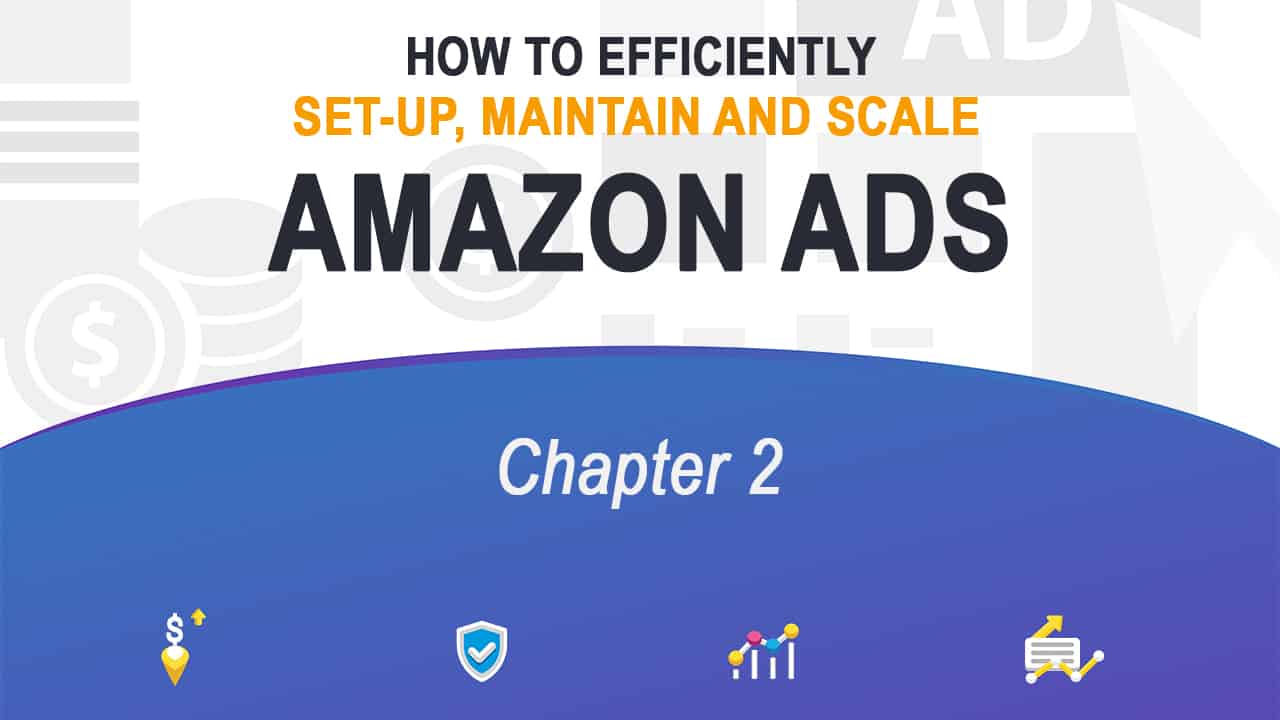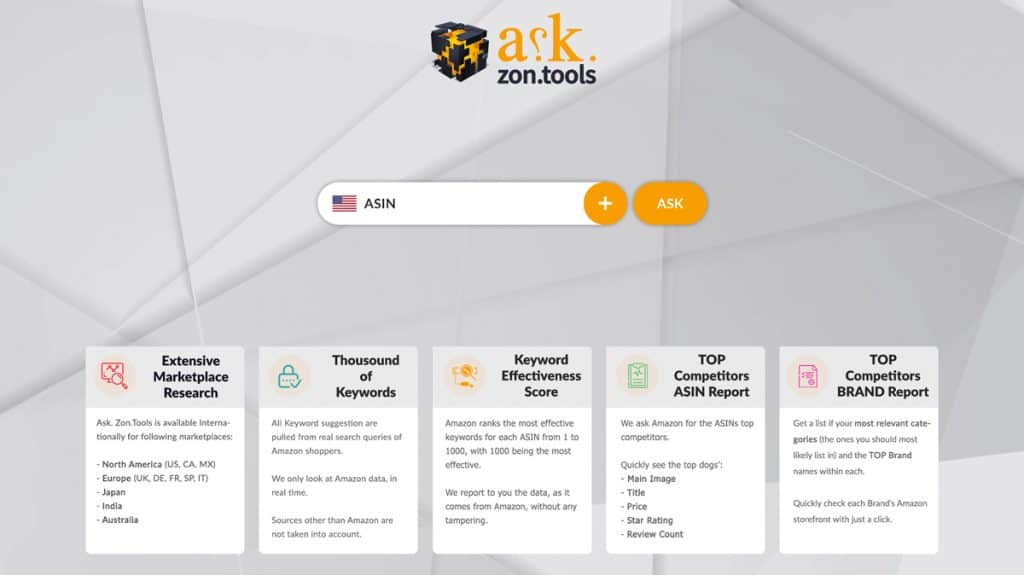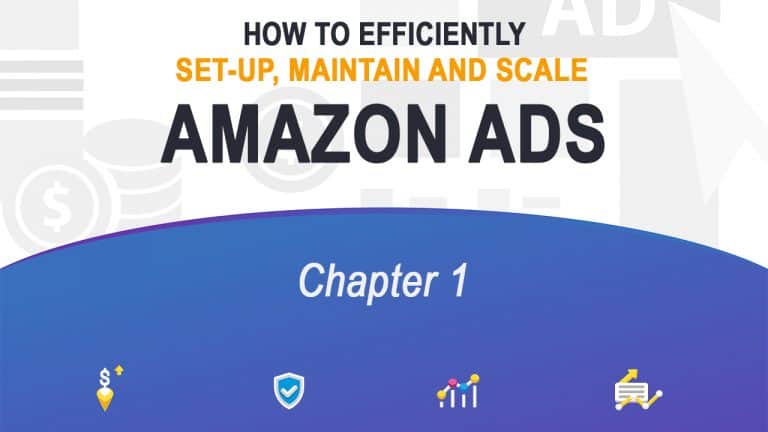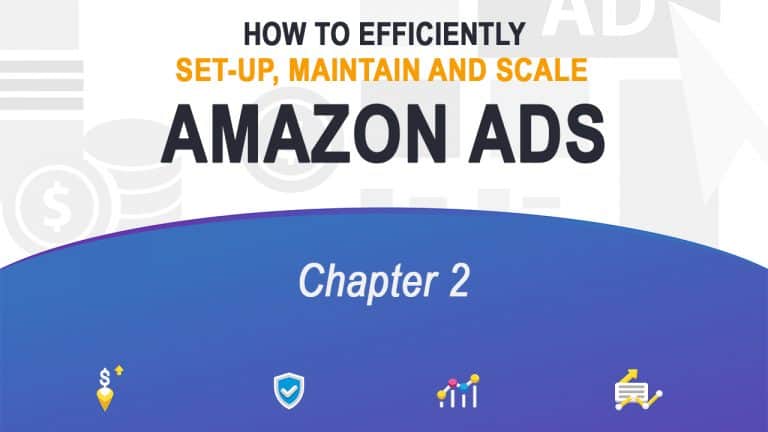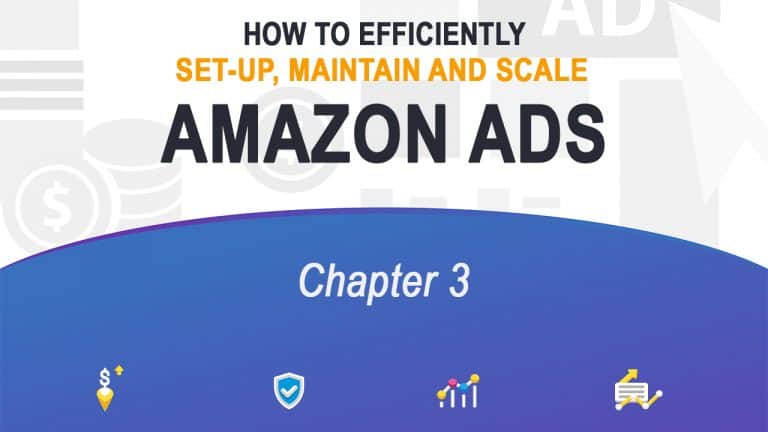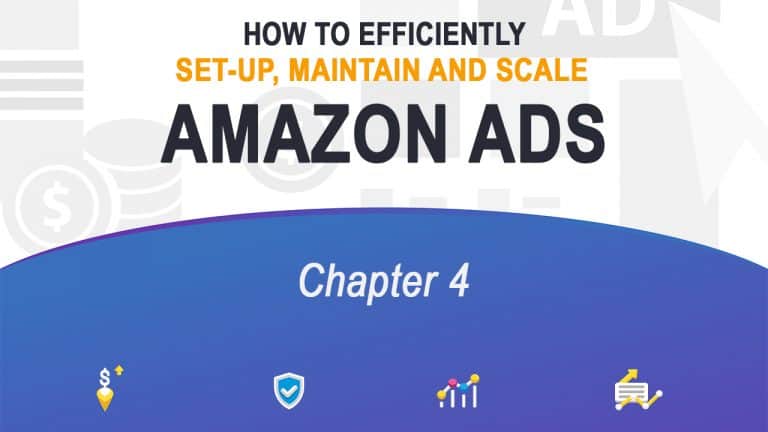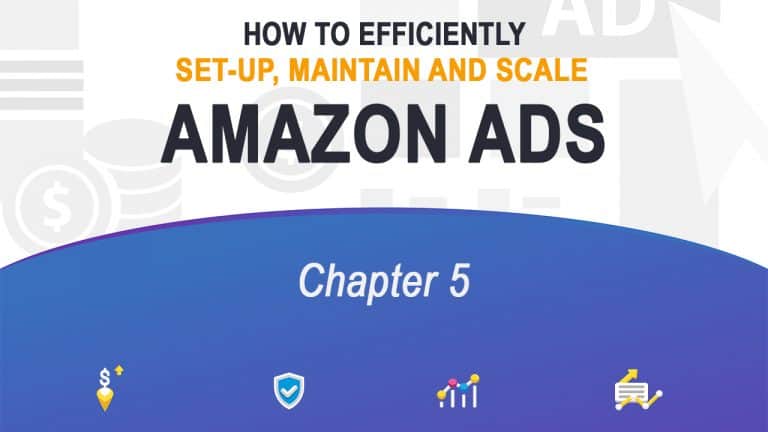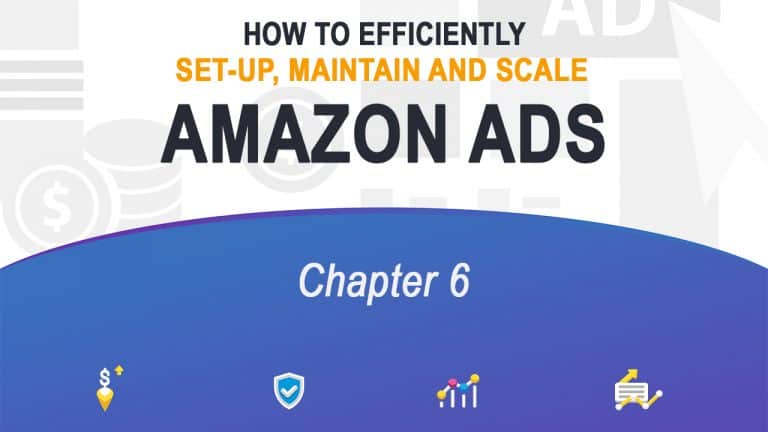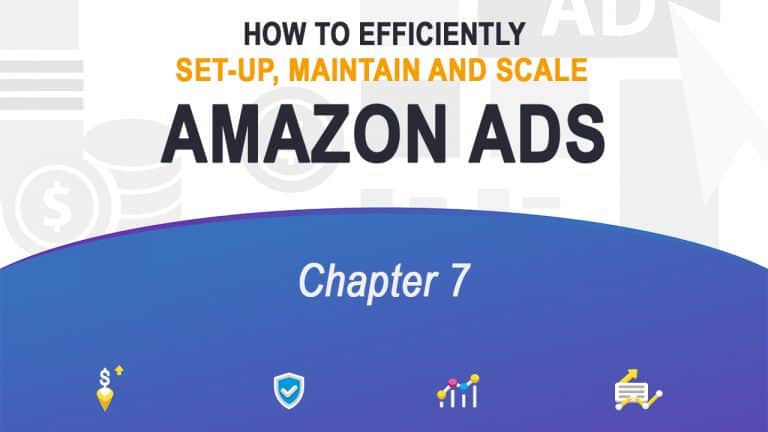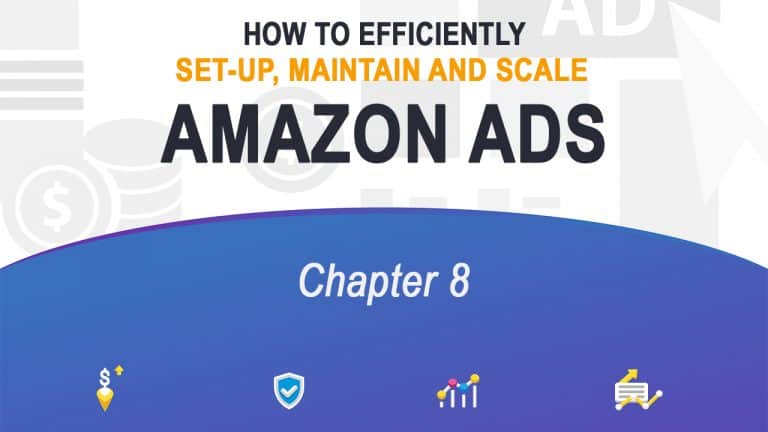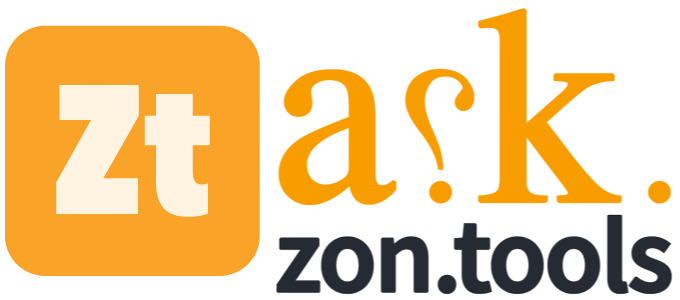In this chapter, we will discuss how keywords factor into Amazon ads and why keyword research is vital to your campaigns. Now if you’re wondering why you need to get into the nitty-gritty of keyword research when paid ads are supposed to make your products visible to potential customers, here’s the simple answer:
Amazon is very similar to Google, Yahoo, and Bing. Shoppers enter a keyword in its search bar — an item or a brand — and the site will produce a list of matching products that are up for sale. It has a search algorithm called A9 which ranks ads according to:
- Relevance – An ad must match a shopper’s search query based on the product name and description.
- Sale potential – Ads with many reviews, high customer ratings, and price tags that are comparable to its competitors are more likely to rank first.
Of these two, relevance is the one which you have greater control over. Adding the right keywords into your sponsored or product display ads will give you higher points for that metric.
Here lies the value of keyword research: knowing the exact words shoppers use when they’re looking for things to buy on Amazon can make a significant impact on your ad campaign.
Know Your Keywords
Keyword research is worth your time and resources. Four in every $10 spent online happen on Amazon. If you could make your ads rise above the multitude of ads that are already on Amazon, you stand a chance at earning those four dollars and multiply it by N number of times.
Through keyword research, you’ll know which words or combination of words to add into your Sponsored Ads, so your ad can show in front of the right shopper at the right time and shoppers can see that you have what they’re looking for.
But First…
An enterprise management and automation software for Amazon PPC can simplify things for you by tracking top-performing keywords. This is not to say that knowing the basics doesn’t have its merits. In fact, learning the basics of the PPC keyword research will give you a stronger foundation to build upon later.
So, familiarize yourself with the terminologies you will encounter navigating Amazon Advertising. Below are the main terms that should become second nature to you.
Glossary of Terms
A. Key Terminologies
Seller – Merchants who sell directly to Amazon customers and manage products through Seller Central.
Vendor – Merchants who sell products to Amazon, which in turn sells to the customers. Vendors manage products through the Vendor Central or Advantage Central.
Campaign Manager – The control panel of Seller Central where you can manage your ad campaigns, monitor performance, and measure ROI through this portal.
B. Campaign Organization Terminologies
Product Ad – Consists of a title, product image, its price, star rating, and amount of reviews.
Campaign – The umbrella framework comprising ad groups and daily budgets. You launch campaigns to reach business goals.
Ad Group – Ads that share the same set of keywords.
Keywords – A set of words used for ad targeting. Adding keywords to your ad group ensures your product ad will appear to potential buyers.
Hidden Keywords – Also known as backend keywords, these are the secondary keywords that you may enter into your Amazon seller account. Hidden keywords let you capitalize on secondary, high-search-volume keywords related to the products you sell.
Negative Keywords – A set of words used to exclude customer search terms. Adding negative keywords can help you maximize your advertising spend.
Default Bid – The amount you’re willing to spend on an ad campaign. Your bid applies on ad groups, but you can set a specific amount on each keyword.
C. Campaign Report Terminologies
Impressions – The number of times your ad appears to shoppers.
Bid – The maximum amount you’re willing to spend for each click on your ad. If you set the highest bid, your ad will have a higher chance of appearing before shoppers.
Click – A shopper’s act of clicking on your ads. On Campaign Manager, clicks are the total number of times shoppers click on your ads.
Click through rate (CTR) – The total number of clicks divided by the total number of impressions. (Note that a high CTR doesn’t guarantee comparable sales BUT it will increase the chances of winning the bid auction at a lower cost per click.)
Cost – The amount Amazon charges for each click on your ad. Cost is always lower than or equal to the bid.
Cost per click (CPC) – Total cost divided by total clicks. By looking at your CPC, you can tell if you’re spending too much, too little, or just enough for each ad click.
Conversion – The desired outcome of Amazon PPC ads. When a shopper clicks on your ad then buys your product, you get a conversion.
Spend – The total amount you’ve spent on ads clicks
Sales – The total product sales you earned from clicks on your ads
Advertising Cost of Sale (ACoS) – An Amazon metric, ACoS is the quotient of the total Ad Spend divided by total Sales.
Keyword Research: The First Steps
By this point, you should already have an active Professional Seller account, have started exploring Seller Central, and listed the products you want to sell. These will have flexed your muscles and given you the rudiments of Amazon Advertising.
You may now proceed with keyword research. There are several ways to do this.
- Use a FREE keyword research tool like Ask.Zon.Tools. An advantage with subscribing to software that automates Amazon PPC best practices is it takes a huge chunk of the legwork off of your hands.Ask.Zon.Tools can produce related keywords and present them in order of efficiency (Live, Amazon data). You quickly see which words to add to your product titles or descriptions.
You can also use alternative keyword finding tools like Google Search Console and Google Keyword Planner.
- Take the manual route.
- Intuition and semantics. If you truly understand your target market, you’ll know their interests, what they’ll use your products for, and what other items are they likely to buy along with your products.Let’s suppose you’re selling sunscreen. A few related items might come to mind: bikinis, slippers, sunglasses, hat, and beach umbrella. These are items shoppers are also likely to buy when they’re looking for sunscreen. You don’t necessarily want to bid for these keywords, but you can add them to your copy so that your products can appear on the suggested items in other sellers’ pages (in the “Frequently bought together” section).
- Suggested search terms. Another quick (and free) way to find out which search terms Amazon shoppers use the most is to check its keyword suggestions. Type the name of your product in the search bar and take note of the queries that appear. You can take this strategy further by typing the product you sell followed by each letter of the alphabet, one at a time.
- Competitor’s keywords. If you’re familiar with search engine optimization or SEO, checking the keywords your competitors use and rank for is a tried and tested strategy. Scan their product pages and check the keywords that stand out. Also check what products appear alongside their merchandise, so you’ll know what complementary items to bid for.
- Use Seller Central’s Search Term Report.Amazon provides powerful tools for managing ad campaigns, including a feature in Seller Central that could double as a keyword research tool, to sellers. (Note: This only works for sellers who’ve already been live for some time and enjoyed significant sales.)Head over to the Reports tab, click on Advertising Reports, and find Search Term Report. Download it and open locally on Microsoft Excel.The file will contain a lot of information, but you’ll want to look at the “Customer Search Terms” and “Orders placed within 1-week of a click.” Filter the Orders column from largest to smallest so that the keywords that led to the most conversions are on top. You can then see which keywords to keep bidding on.You might also have some surprising finds. Going back to our sunscreen example, you might find you sold X number of items to shoppers who were looking for “hiking gear.” Such entries indicate the keywords you might want to consider ranking for or adding into your product description.Using any or a combination of these tools and strategies can help you compile a list of profitable keywords that can:
- Elevate your products’ position in Amazon search
- Ensure your products’ visibility in related products for sale
- Increase your impressions (and potentially your ad clicks and conversions)
- Maximize your advertising budget
With a keyword list in hand, it will be easier for you to identify the top handful of keywords to build your campaign on.
Read Chapter 3 to learn how to identify high-value keywords and finally getting started on launching your Amazon PPC campaign.





